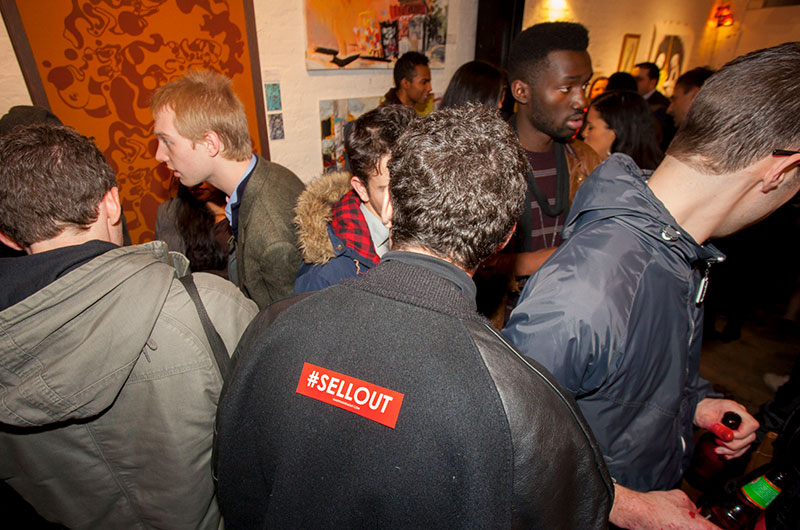Hate sales? Us too.
Most who run small service businesses don't like the idea of sales, they are an unfortunately means to an end. Selling to people can be frustrating, and as any consumer can attest, being sold to is the worst.
However, sales is the lifeblood of your business. Without sales techniques, how are you going to seal the deal and convince people to buy from your brand?
Well, there is another option:
Build a Badass Brand that Sells Itself
While this sounds too good to be true, my personal experience says otherwise. We help create kick-ass, self-selling brands for clients on a regular basis, without the yuck factor.
Personally, when I think of icky sales, I picture someone trying to convince me to buy something. I don’t like being in that position, so I avoid putting other people into similar situations. Most consumers, it turns out, feel the same way.
But let's play with a different scenario. How do you feel when you're shopping for something specific that you really want or need? In that situation I know I don’t feel like I'm being sold to; when there’s a problem that needs solving and I'm happy to find the solution.
For example, how would you react if your roof was leaking, and a roofer showed up at your door, claiming he could fix the leak?
When you frame your service as a solution to a dire problem, your audience won’t hesitate to hire you. Instead of thinking, What is this company selling to me? they’ll wonder, Why haven’t I done this yet?!
The difference between using this as a sales technique, and having a badass brand, is that when you have a badass brand you are genuinely looking only for the people who are looking for you! This approach helps potential clients understand what you do, why you do, and how well you do it--an understanding that sells.
Cats out of the Bag: When you're "selling" nobody likes you
Salesy talk can pollute the conversation, reducing trust and creating doubt on both sides. Simply put, when you’re worrying about selling, and potential clients are worried about being sold to, conversations aren’t 100% honest.
But when your message is clear, you don’t have to spend time convincing people to buy from you. Instead, interactions become discovery sessions...for you to figure out if they are the right clients for you.
This clarity gives you the opportunity to learn about a potential client’s challenges, and whether your unique skills can solve them. Rather than talking up your brand, you’re asking strategic questions to dive deep into someone’s mindset.
Also, you may not even want to work with every prospect that comes your way. Why sell to someone you can’t help—or someone who seems toxic? If you realize a client isn’t right for you during the discovery conversation, recommend some other options. This helps build trust, and prospects will know you aren’t just trying to close the deal.
The Opposite of Sales is Integrity
Integrity goes a long way in the services industry. Even if you don’t end up working with certain people, they will have a deeper respect for what you do—and it often leads to well qualified referrals! By establishing your reputation as a brand that sticks to its beliefs, and serves clients who honor theirs, you can carve out a nice niche for yourself.
Want to eliminate the sale completely?
Focus on working with the right people. Develop clear, committed messaging for your business. Create a brand that knows what it does well and lets its work speak for itself. Get really clear on what you do better than everyone else.
Need help? Download our Minibrandshrink questionnaire and find out what makes YOU so special.















